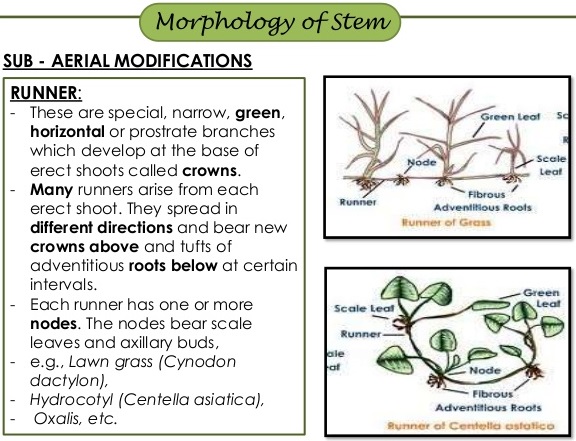Learninsta presents the core concepts of Biology with high-quality research papers and topical review articles.
Life Span of Vegetative Morphology and its Various Types
Based on life span plants are classified into 3 types. They are annuals, biennials and perennials
I. Annuals
A plant that completes its life cycle in one growing season. Example: Maize, Water melon, Groundnut, Rice.
II. Biennials
A plant that lives for two seasons, growing vegetatively during the first season and flowering and fruiting during the second season. Example: Carrot, Radish, Cabbage.
III. Perennials
A plant that grows for many years that flowers and set fruits for several seasons during the life span. When they bear fruits every year, they are called polycarpic perennials.
Example: Mango, Sapota. Some plants produce flowers and fruits only once and die after a vegetative growth of several years. These plants are called monocarpic perennials. Example: Bambusa, Agave, Musa.
Vegetative Morphology:
Any portion of a plant that is involved in growth, development, photosynthesis, support, etc., but not involved with sexual reproduction.
All plants die eventually. But according to researchers at the New York Botanical Garden in the Bronx, there is no specific lifespan for plants, except for the plants called “annuals,” which are plants that live for one growing season and then die.
The life span of a plant is the length of time it takes from the beginning of development until death, while the life cycle is the series of stages between the germination of the seed until the plant produces its own seeds.
While the concept of form in biology, opposed to function, dates back to Aristotle (see Aristotle’s biology), the field of morphology was developed by Johann Wolfgang von Goethe (1790) and independently by the German anatomist and physiologist Karl Friedrich Burdach (1800).
The two branches of morphology include the study of the breaking apart (the analytic side) and the reassembling (the synthetic side) of words; to wit, inflectional morphology concerns the breaking apart of words into their parts, such as how suffixes make different verb forms.
In this page you can discover 16 synonyms, antonyms, idiomatic expressions, and related words for morphology, like: morphological, patterning, surface structure, ontogeny, phylogeny, ultrastructural, neuroanatomical, microstructure, geomorphology, plasticity and syllable structure.
The internal structure of words and the segmentation into different kinds of morphemes is essential to the two basic purposes or morphology: the creation of new words and the modification of existing words.
Morphology is the study of the internal structure of words and forms a core part of linguistic study today. The term morphology is Greek and is a makeup of morph- meaning ‘shape, form’, and -ology which means ‘the study of something’.
According to the traditional view, the relation between morphology and syntax is the following: while morphology builds up word forms typically by combining roots with other roots and with affixes, but also by applying other operations to them, syntax takes fully inflected words as input and combines them into phrases.
Morphology:
Study of the rules that govern how morphemes, the minimal meaningful units of language, are used in a language.
Semantics:
The meaning of words and combinations of words in a language. The role of morphology in language acquisition and literacy development across languages. Morphemes are the smallest meaning-bearing units of the language. As such, they are the fundamental building blocks for communication during both language and reading development.
